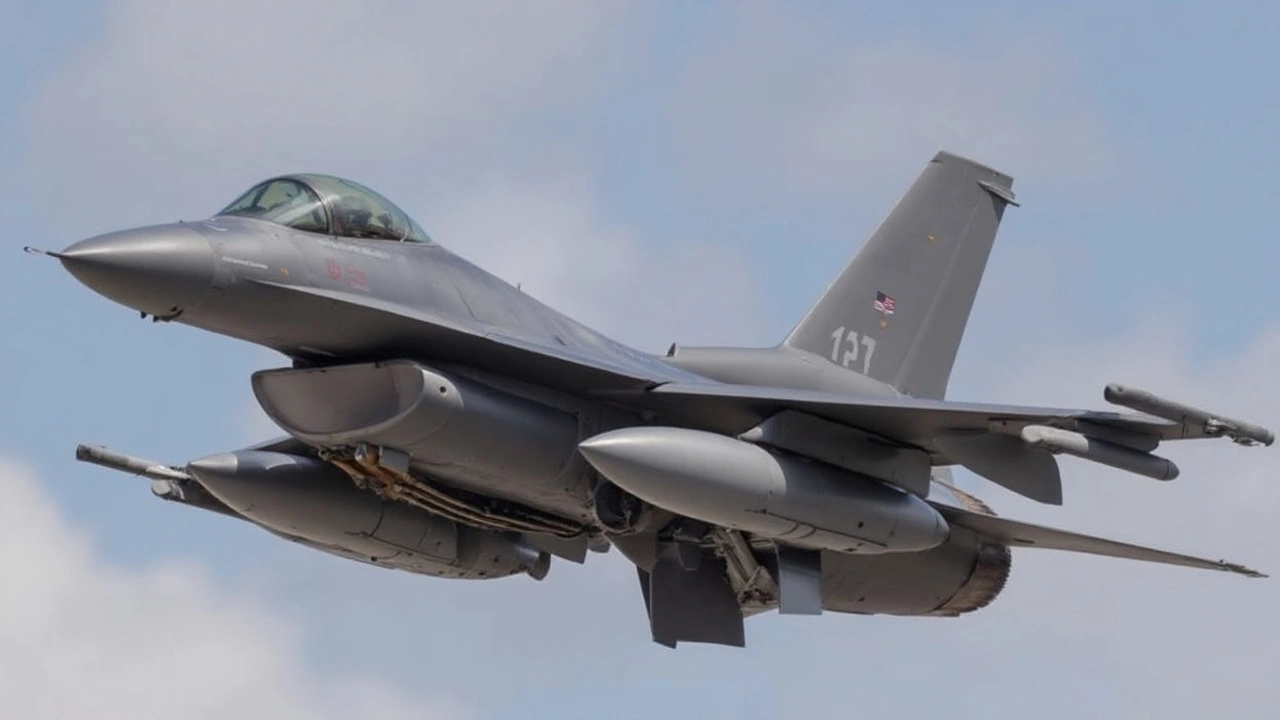China tensions: A plain‑talk look at the biggest issues
When you hear the phrase “China tensions,” it can feel like a vague buzzword. In reality, it’s a mix of border fights, trade disputes, tech rivalry, and power games that affect everyday life. Let’s break down the key bits you need to know, without the jargon.
Border flashpoints – why the Himalayas matter
The most visible flashpoint is the India‑China border. Since the 2020 Galwan clash, both sides have kept troops on high alert in Ladakh, Arunachal Pradesh, and other sectors. Skirmishes usually start as patrols crossing a line that each side claims as its own, then jump to stone‑throwing, gunfire, and sometimes injuries. The big worry isn’t just the immediate danger to soldiers; it can spill over into civilian routes, disrupt trade corridors, and push both governments to ramp up defense spending.
For India, the border issue ties directly to infrastructure projects like the building of roads and airstrips near the Line of Actual Control (LAC). China, meanwhile, is expanding its own logistics network and the Xinjiang‑Tibet railway, which can move troops faster. The result? A tense cat‑and‑mouse game where any small incident can feel like the start of a larger conflict.
Trade, tech, and the global ripple effect
Beyond the mountains, China’s economic reach creates daily headlines. The U.S. and Europe have slapped tariffs on Chinese goods, citing unfair subsidies and intellectual‑property theft. China retaliates with its own duties, targeting everything from soybeans to cars. This back‑and‑forth can raise prices on supermarket shelves and force companies to rethink supply chains.
Tech rivalry adds another layer. The ban on Huawei’s 5G gear, limits on chip sales to Chinese firms, and export controls on AI software show how governments are treating technology as a national‑security issue. For regular people, it means slower rollout of new gadgets and potential job shifts if factories move elsewhere.
In Asia, countries like Japan, South Korea, and ASEAN members are walking a tightrope. They need Chinese investment for infrastructure but also rely on U.S. security guarantees. This balancing act fuels diplomatic talks, joint exercises, and sometimes tense diplomatic notes.
All these strands—border standoffs, trade fights, tech bans—are linked by a common theme: trust is low, and both sides are prepared to push back hard. That’s why headlines about “China tensions” often sound like a ticking time bomb.
So what can you do? Stay informed about travel advisories if you plan to cross the border zones, watch for price changes on imported goods, and keep an eye on tech news if you work in related fields. Knowing the basics helps you spot when a local story is part of a bigger, global picture.
Bottom line: China tensions aren’t just geopolitics; they affect your commute, your shopping cart, and the gadgets you use. By understanding the core issues—border disputes, trade wars, and tech rivalry—you can read the news with a clearer sense of why it matters to you.

Taiwan received its first F-16 Block 70 jet from the US in March 2025, boosting its air defenses against growing Chinese pressure. The delivery kicks off a major $8 billion deal for 66 new fighter jets, expanding an already upgraded F-16 fleet. Top defense officials attended the handover, reflecting Washington's military commitment to Taipei.
